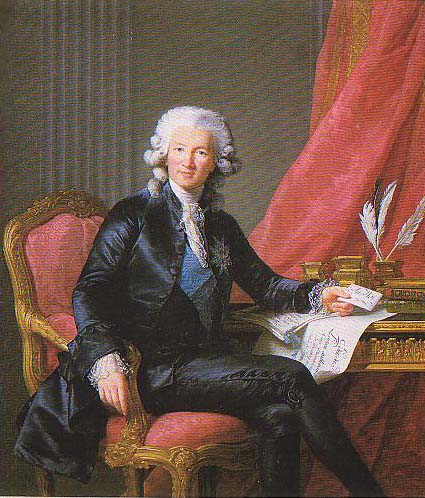“Citizens and Kings”, at the Royal Academy in London, encompasses one of the most turbulent periods in the history of western civilisation. Beginning in 1760, at the dawn of the Enlightenment, and gradually moving forward into the nineteenth century – via revolution and regicide in France, war in Spain and the rise and fall of Napoleon – it draws to a close with a picture painted in 1832, the year of the Reform Bill. Ingeniously, it tells its story exclusively through the portraits of the men and women of the period. Portraiture was, at the time, considered the lowest genre of painting, but this exhibition advances the hypothesis that it holds up the truest mirror to this era of convulsive change. A compelling case is made.
The opening gallery, which on this occasion is the Royal Academy’s grand central octagon, is devoted to the pomp and circumstance of monarchy. In a pair of unhappily blistered, bitumenised portraits of 1779-80, George III of England and his queen, Charlotte, pose unconvincingly in darkly regal classical settings devised by Sir Joshua Reynolds. The baroque swags of drapery that flutter over their heads must once have been purple but have long since been clouded by time and the painter’s intermittent fondness for using untried compounds such as boot-blacking mixed with gum arabic. Nearby, Catherine the Great of Russia, painted by Vergilius Eriksen in about 1765, brandishes her sceptre as if it were a wand. Swathed in silks trimmed with ermine stretched over hoops of inordinate width, she looks for all the world like a fairy on top of a Christmas tree. Next to her, the even more ermine-burdened Louis XVI attempts to strut in all his peacock finery. Despite the best efforts of his portrait painter, Antoine-Francois Callet, he succeeds only...

